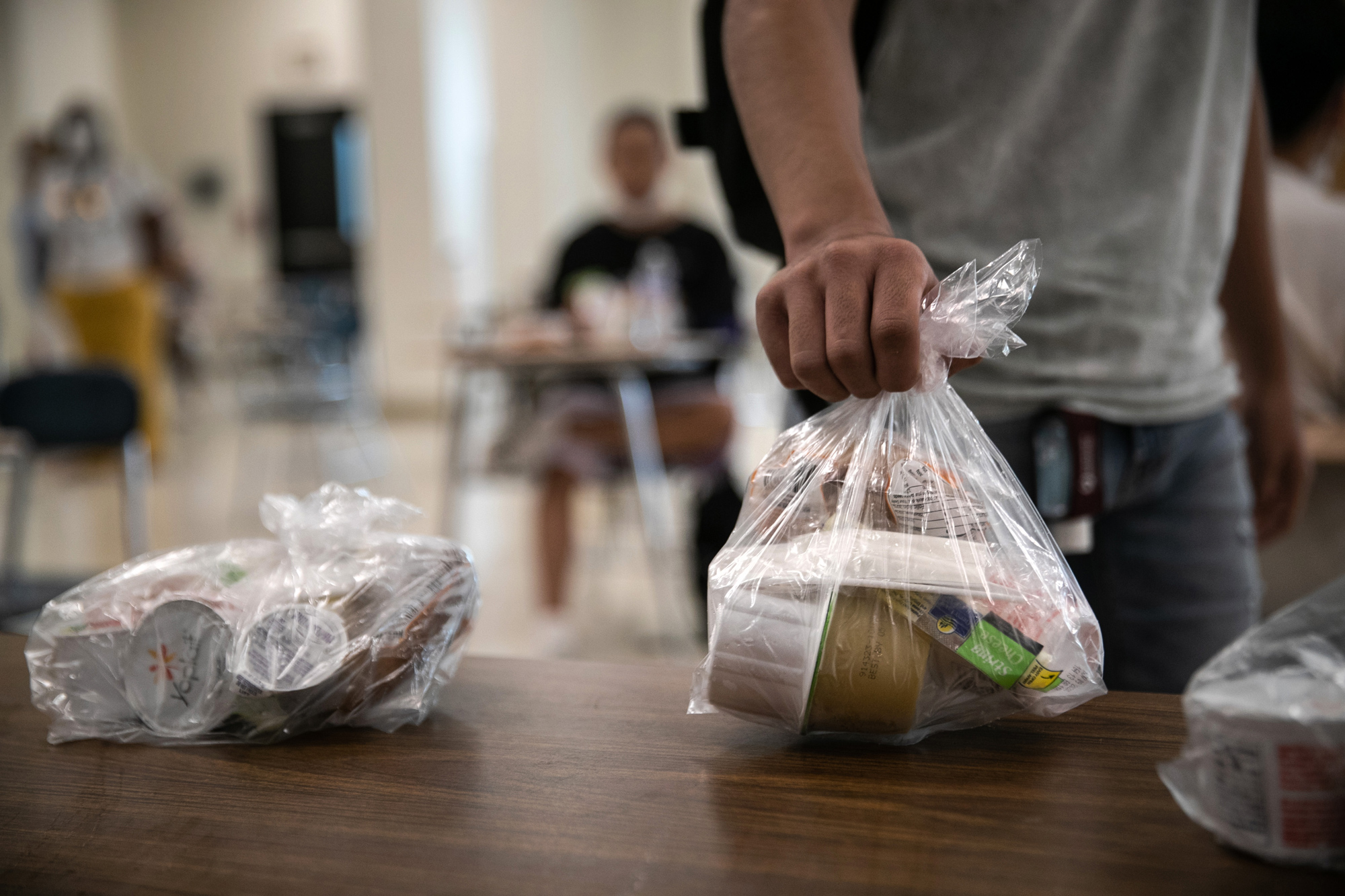
Consider what happened at Ganesha High School in the southern California city of Pomona, which serves a high-poverty student body. When Covid hit, it was one of 15 high schools in Los Angeles County only months into a grant-funded pilot project designating them as “community schools,” hubs where all sorts of wraparound supports are available. That meant that when one student’s mother died from Covid and their father was on a ventilator, and the student was staying with a relative in another city, the school was able to drop off groceries and connect the family to counseling. When the father came home from the hospital to bills piled up, the school arranged emergency aid to keep them in their home.
Jennifer L. Francev, the school’s principal, said that none of her efforts to improve the school’s academic performance will succeed if her students and their families are struggling with basic needs.
“It doesn’t matter how many programs I build … if they’re not getting a good night’s sleep because they’re sleeping in a car,” Francev said. “How can we as a society, say, ‘Pull yourself up by your bootstraps?’”
The community schools model is gaining support as a way to build a better system post-pandemic, but it’s not the only one. There are many other examples of schools keeping students engaged through a year of profound disruption by addressing their basic needs for food and shelter as well as their emotional needs, from phone call check-ins to devoting class time to offering support for what students are going through. As a result, in many places, home and school have never been better integrated.